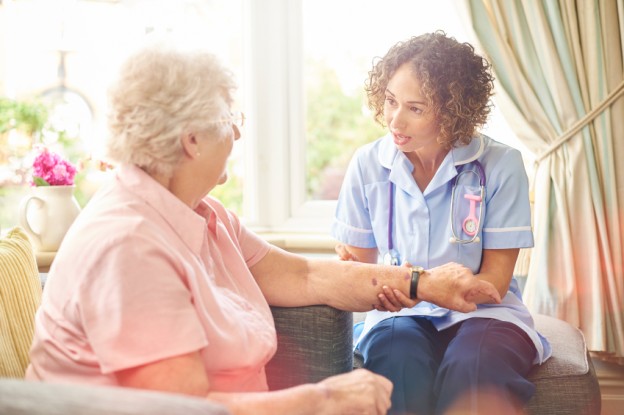A roundtable discussion on 20th June, 2017 at the King's Fund in London sponsored by Nuance and supported by the Royal College of Nursing (RCN) discussed ‘Nursing Documentation - the challenges, opportunities and the role of technology’.
Anne Cooper, Director of Clinical Safety and Chief Nurse at NHS Digital chaired the roundtable discussion which was attended by 15 senior nurses from acute, primary, community and mental health who shared their experiences, frustrations and their future ‘fantasies’ nursing clinical documentation.
The discussion began with recent headline statistics about the burden of nursing documentation gathered from a WeNurses Tweet chat in December 2016:
- 73% of nurses said they go home late because of clinical documentation
- 15% of nurses said they rushed clinical documentation
- 36% of nurses said clinical documentation took 40-60% of their time
Reference to other research sponsored by Nuance highlighted that nurses spend nearly 11 hours per week adding to clinical documentation.
Eight key themes identified in the nursing patient record keeping
1. Nursing documentation is complex, laborious to complete, not always shared amongst the right teams, sometimes ignored and does not always contribute to improved clinical outcomes and patient safety
2. Nursing documentation needs to be high quality, timely and standardised with inbuilt levels of security, governance and control as appropriate for each patient scenario
3. On the journey to a paperless NHS, attempts to digitise the clinical documentation process has led to a ‘digital mountain of documentation’
4. One nurse characterised the challenge of balancing patient care versus the burden of documentation that sometimes it feels that everyone is “so busy writing about doing it, but NOT doing it”.
5. Anne Cooper suggested, “we need time to think”. Instead of re-engineering current paper workflow, “nurses need to reimagine the process of clinical documentation” and that if smart 21st-century documentation is going to work, then the output needs to be a natural byproduct of the nursing process.
6. Everyone was invited to share their ‘fantasy’ of the future for clinical documentation out of which arose discussion of technologies that could be deployed to help ranging from Apps that automatically capture therapeutic observations and feed into the patient record, to the use of biometrics for identification and authentication of individuals, the power of ‘the cloud’ for capture, access to and sharing of data, the use of speech recognition as a natural user interface and prospect of digital assistants removing the grind of administration.
7. It was suggested that ‘smart creative technologists ’from leading digital technology companies from, industry and for the consumer space could shadow the nursing fraternity and help them ‘re-imagine’ but that technology must support the nurse, not the other way around.
8. Finally, all agreed there was a real opportunity to involve the patient in being involved in patient record keeping and sharing; particularly those with long-term conditions.







